Introduction
In the digital world, 3D characters have become the backbone of immersive experiences, captivating audiences across mediums. These lifelike creations have revolutionized storytelling, enabling deeper connections between users and the digital worlds they explore. Their versatility and ability to bring virtual personas to life have made them invaluable in multiple fields. In the gaming industry, 3D characters play a significant role by providing lifelike interactions and responsiveness that contribute immensely to the immersive gameplay experience.
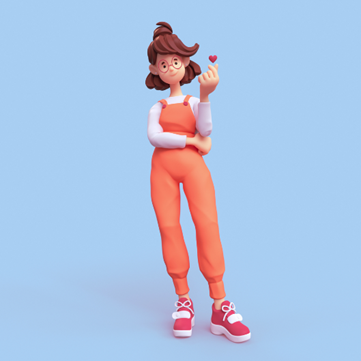
Image source: Shutterstock_2005989062
In this blog, we will dive into the fascinating domain of 3D character models, exploring their creation process, significance, and impact on modern entertainment.
Understanding 3D Character Models
3D characters are digital models of fictional or realistic characters existing in a three-dimensional space. These characters are created with 3D modeling software across different media, including animated movies, video games, and virtual and mixed-reality experiences. Unlike traditional 2D characters that are flat and lack depth, 3D characters have height, width, and depth, making them appear more lifelike and dynamic.
The defining characteristics of 3D characters are:
Three-dimensionality: 3D characters are built in a digital 3D space, allowing them to have volumetric properties. This enables the characters to interact with their environment more realistically. 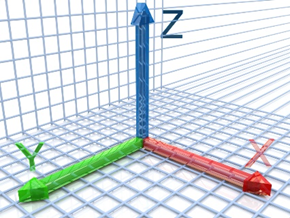
Image source: Shutterstock_361849826
Mesh Geometry: The physical structure of 3D characters is represented by mesh geometry, consisting of vertices (points in 3D space), edges (lines connecting vertices), and polygons (flat surfaces formed by connecting edges). The arrangement of these elements defines the character's shape and appearance. 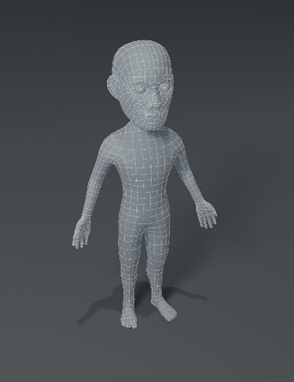
Image source: Google images
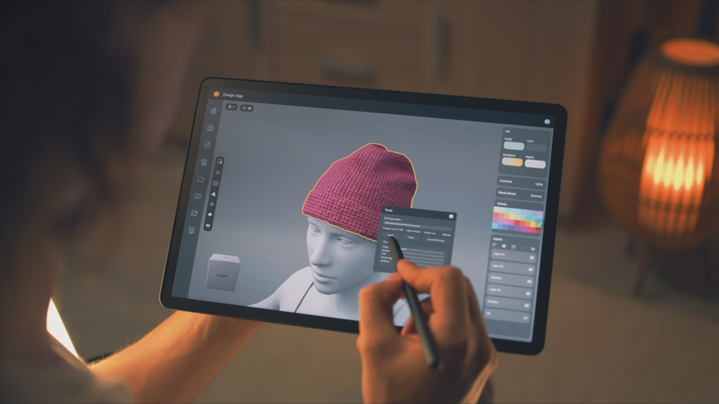
Image source: Shutterstock_2206033033
Textures and Materials: Textures are applied to the 3D model to add details like color, patterns, and fine features. Materials define how light interacts with the surface, determining reflectivity, shininess, and transparency.
Realism and Stylization: 3D character models can range from highly realistic to stylized or cartoonish designs, depending on the artistic direction of the project.
Interactivity: 3D character models are often used in interactive media, such as video games and virtual reality experiences, where users can interact with and control them.
Once a 3D character model is created, it can be viewed and used from various angles and scenes without redrawing the model for each perspective.
Evolution of 3D Characters
3D character models have transformed remarkably, evolving from simple and basic representations to highly detailed and lifelike digital personas. Let us dive into the characteristics of 3D character models from the past to the present:
Detail and Realism
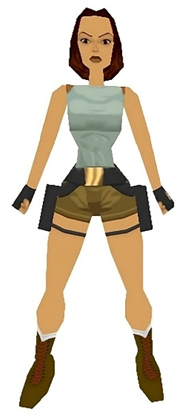
Image source: https://www.linkedin.com/pulse/reimagining-lara-croft-comparative-study-traditional-3d-ran-bensimon
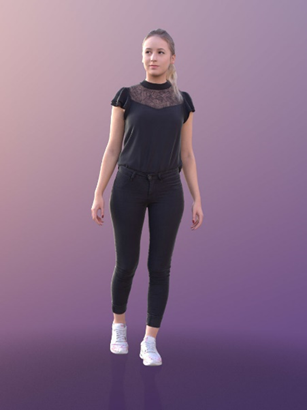
Past: Early 3D character models had limited details and simplistic designs due to technological constraints. Textures and materials were basic, leading to less realistic appearances.
Present: Modern 3D character models boast an unprecedented level of detail and realism. High-resolution textures, advanced shaders, and physically based rendering techniques create characters closely resembling real-world actors or objects.
Image source: https://www.cgtrader.com/3d-models/character/woman/elena-10651-young-elegant-woman-walking
Creation Process
Past: Earlier, creating 3D characters was a time-consuming and complex task, requiring significant technical expertise and resources.
Present: Advances in 3D modeling software and workflows have streamlined the model creation process. Artists have access to more intuitive tools, enabling faster and more efficient development of 3D character models.
Interactive Capabilities
Past: Early 3D character models in video games had limited interactivity and were bound by rigid animations and scripted movements.
Present: Modern video games and virtual experiences feature highly interactive 3D character models. Players can engage with characters in real-time with dynamic responses and adaptive behaviors, enhancing immersion and player engagement.
Applications
Past: Early 3D character models were primarily limited to experimental animations, simple video games, and a few special effects.
Present: 3D character models are ubiquitous in various media, including blockbuster movies, TV shows, video games, virtual reality experiences, augmented reality applications, and advertising campaigns.
In summary, the evolution of 3D characters has been marked by significant technological advancements, leading to more realistic appearances, improved animation, better rendering, and enhanced interactivity.
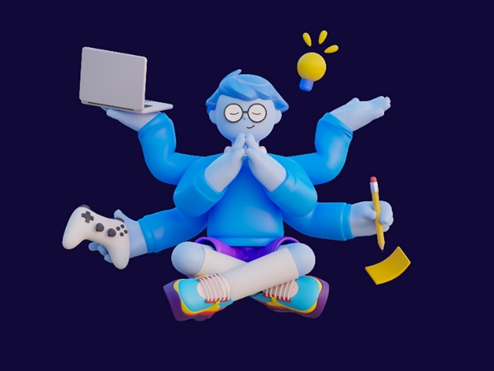
The Creation Process
3D character model creation involves several stages, from the initial concept to the final rendered model. It requires artistic skills, technical knowledge, and attention to detail.
Here is an overview of the steps we follow at Encora when creating a 3D character:
Image source: shutterstock_216859909
Concept and Design
The process starts with creating a concept for the character. Our 2D artists develop sketches, mood boards, and reference images to define the character's appearance, personality, and style. This phase is crucial for establishing the character's visual identity and personality.
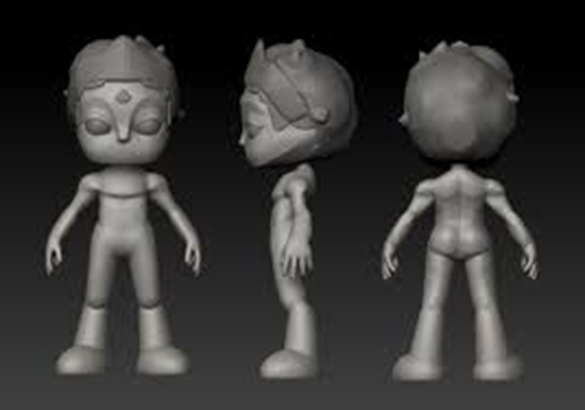
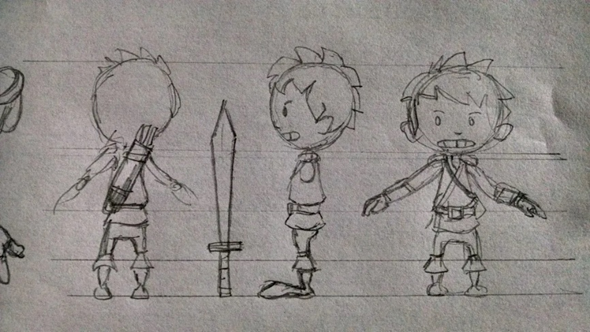
https://www.google.com/url?sa=i&url=https%3A%2F%2Fundertheweathersoftware.com
Modeling
In this stage, the 3D model of the character is created by using specialized software such as Autodesk Maya, 3DS Max, Blender, or ZBrush. Our 3D Artists use polygons, vertices, and edges to sculpt and shape the character, bringing the concept to life in three dimensions.
https://www.google.com/url?sa=i&url=https://undertheweathersoftware.com
Texturing and Shading
Textures and materials are applied to the 3D model to add surface details like color, patterns, and fine features. Artists use digital painting techniques or apply pre-made textures to create the desired look. Shaders and material settings are adjusted to control how light interacts with the character's surface, affecting properties such as reflectivity and roughness.
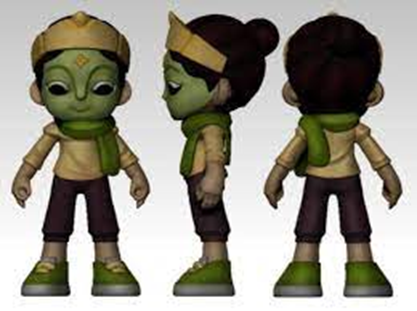
Rigging
Rigging is the process of creating a digital skeleton inside the 3D model, which allows the character model to be posed and animated realistically. Rigging artists add bones and joints to the character and create a control system for animators to manipulate the model.
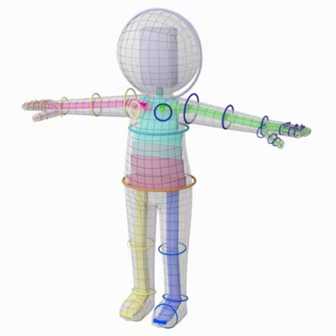
Animation
Once rigged, the character model can be animated. Our animators use keyframes or motion-capture data to define the character's movements, expressions, and actions. This step brings the character to life and enables it to be integrated into the context of the story or project.
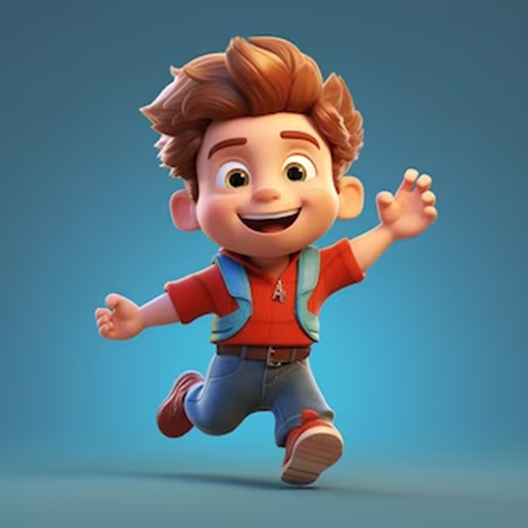
Image source: Freepik
Lighting
In the lighting phase, artists set up a virtual environment for the scene. They position light sources, adjust their intensity and color, and add other lighting effects to create the desired atmosphere and mood.
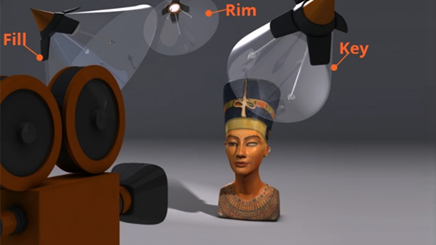
Rendering
Rendering converts the 3D scene, including the character model and the environment, into a final 2D image or video. The rendering software calculates the lighting, shadows, reflections, and other visual effects to produce the final output.
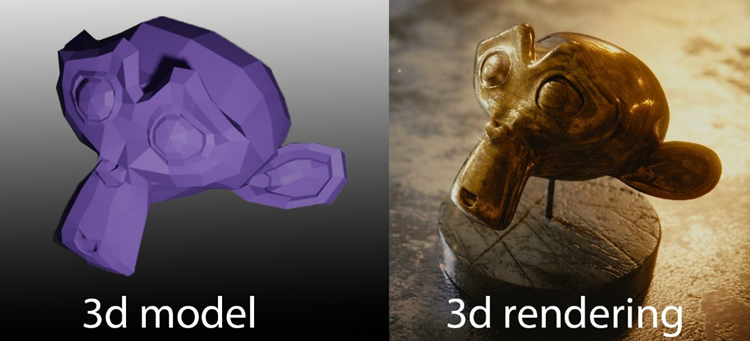
Image source: https://www.realspace3d.com/resources/what-is-3d-rendering/
Post-Processing
After rendering, artists may apply post-processing effects to enhance the result. This can include color grading, adding depth of field, motion blur, and other final changes to improve the overall visual quality.
Integration into Media
The final 3D character model is integrated into appropriate media, such as movies, video games, virtual reality experiences, or other interactive applications, where they become an integral part of the storytelling or interactive elements.
Throughout the 3D character model creation process, collaboration among artists, animators, and technical experts is standard, as each stage requires different expertise and specialization.
The Future of 3D Characters
The future of 3D characters is likely to be filled with exciting advancements driven by technological innovation, creative expression, and the changing demands of audiences and industries. Here are some potential trends and developments we can expect to see in the future:
Enhanced Realism: Advancements in rendering technologies, such as ray tracing and global illumination, will continue to improve the visual realism of 3D character models. Characters may become indistinguishable from real actors, blurring the line between digital and live-action performances.
Adaptive and Interactive Characters: 3D character models in video games and virtual experiences may become more adaptive, dynamically responding to player actions and emotions. Characters could adapt their behavior based on user interactions, providing personalized and immersive experiences.
Artificial Intelligence (AI) in Animation: AI-driven animation tools may automate some aspects of character animation, making the process more efficient and accessible to a broader range of creators. AI could generate realistic movements, lip-sync, and facial expressions.
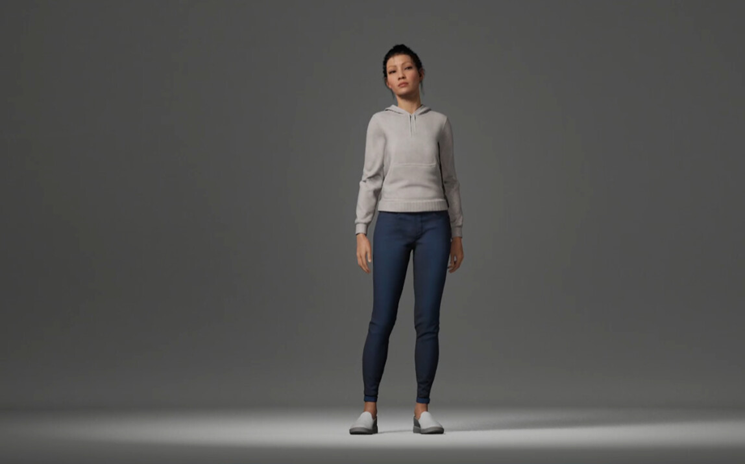
Image source: Google images
Environmental and Social Interaction: 3D character models may interact more realistically with their virtual environments, reacting to changes in lighting, weather, and surroundings. Additionally, characters may exhibit more human-like social behaviors and emotions.
Conclusion
As technology advances, 3D character models will undoubtedly play an increasingly pivotal role in our entertainment and learning experiences. These digital personas enable us to immerse ourselves in worlds that were merely figments of our imagination. From evoking emotions to pushing the boundaries of visual storytelling, the power of 3D character models knows no bounds. So, let's embrace this digital revolution and celebrate the artistry and creativity that goes into bringing these remarkable characters to life.
About Encora
Fast-growing tech companies partner with Encora to outsource product development and drive growth. Contact us to learn more about our software engineering capabilities.